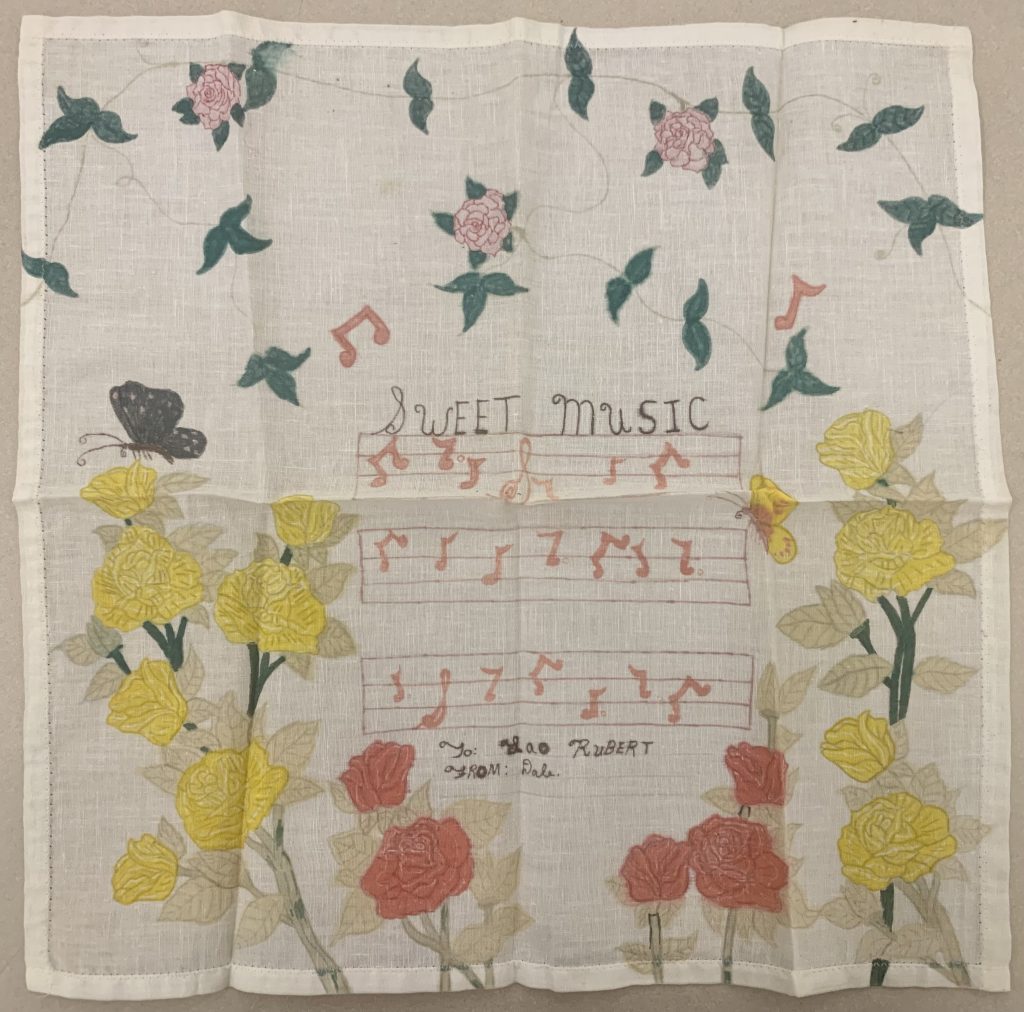Post contributed by Laura Daly, Marshall T. Meyer Human Rights Archive Intern, 2022-2023
Hi there! My name is Laura Daly and I’m the Marshall T. Meyer Human Rights archive intern at Duke and recent MLIS graduate of the University of Alabama. I’m excited to share with you my experience processing the Carolina Justice Policy Center (CJPC) records, a criminal justice organization which existed in Durham from 1975-2019.
This collection is a treasure trove of information for those interested in criminal justice and human rights. With only a small staff, CJPC accomplished significant change in North Carolina by improving prison conditions, sentencing for juveniles and people with mental disabilities, alternatives to incarceration, substance abuse rehabilitation, violence prevention, racial injustice, and bringing about a moratorium on the death penalty.

CJPC also maintained personal correspondence with incarcerated people on death row and their attorneys to advocate for commutation of their sentences, including Velma Barfield who was the first woman executed in North Carolina since 1944.


On my first day at Smith Warehouse, I was welcomed by my wonderful supervisors, Paula Jeannet and Patrick Stawski, followed by the paralyzing sight of the 112 shipping boxes stuffed full of folders, papers, and binders of the Carolina Justice Policy Center records. With limited background information about the collection, I began by taking an inventory of all the materials and coming up with a topical roadmap.
Taking note of things like formats, inscriptions on boxes, and the types of filing systems that were used helped me to get a sense of their original function and organization so that I could maintain the integrity of the collection as much as possible. Some aspects of the physical processing included stamping folders, pulling materials out of binders, removing rusty paperclips, unfolding and rehousing oversized and brittle materials, and making copies of fading documents printed on thermal paper. We finally entered all the folder titles into a spreadsheet and included descriptions of the series’ for the finding aid that would enable researchers to browse the collection in the catalog.
As is often the case with archival work, you never know what you will find hidden in boxes. Possibly the most memorable artifact I uncovered was a square cloth napkin which had been beautifully painted by someone in prison and sent to the director of CJPC, Lao Rubert. For me, this token of gratitude encapsulates the work of CJPC, whose mission was to advocate for those who were regarded as less than human by society to ensure that they received every legal affordance and resource they were entitled to.

Another significant item was a statement of solidarity written and signed by incarcerated people on death row which denounces the hypocrisy of capital punishment and pleads for the human right to exist.

While I knew that a significant portion of the collection would deal with crime and violence, I was somewhat unprepared for the challenge of becoming so intimately acquainted with these types of materials over a long period of time. I feel it’s important to note that a collection whose materials revolve around experiences of imprisonment, human rights abuse, trauma, and violence can be emotionally challenging to engage with for both archivists and researchers. Taking breaks when feeling overwhelmed, sharing with a trusted person or supervisor thoughts or feelings about difficult material you have encountered, or even listening to uplifting music can help. The exceptional staff I worked with at Duke were careful to periodically check in to make sure my needs were being met and that I felt okay handling the materials.
In retrospect, I learned many skills from this experience that I believe will be important for my future career in archives. For example, I had to consider the ethical ramifications of including materials about people in the archive while still protecting sensitive information–particularly for incarcerated people who are still living. Another important lesson I learned is that processing a collection requires you to continually make decisions about how to allocate time efficiently and devise workflows that will enable you to complete a project in the agreed upon timeframe. There is no one-size-fits-all approach and creating a unique processing plan is essential for each collection to maximize its accessibility for research, maintain its integrity, and respect the voices and perspectives of those being represented in the record.
In addition to processing the collection, I also gained a greater appreciation for the tireless work of the individuals who advocate for positive change in the criminal justice system and within our communities.


